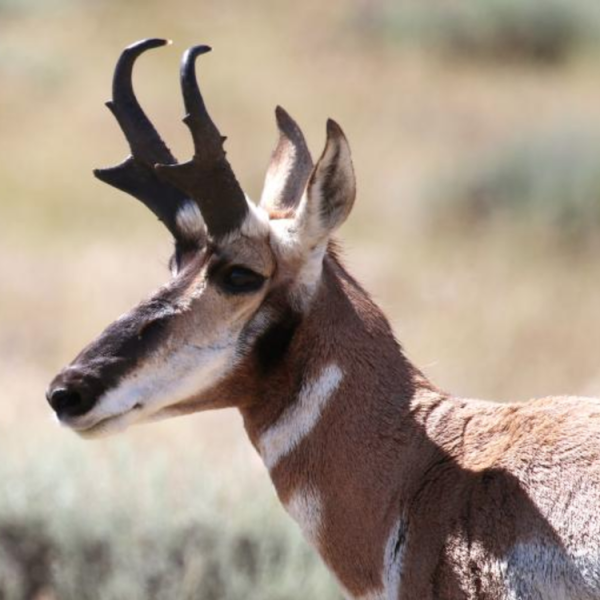
|
At the Sept. 9-10 meeting in Lander, the Wyoming Game and Fish Commission voted to recommend consideration of the entire Sublette Antelope Migration Corridor for designation to the Governor, including the East of Farson and the Red Desert segments. The decision came after initial recommendations from the Wyoming Game and Fish Department, followed by public comment and discussion.
The Sublette Antelope Migration Corridor is used by one of Wyoming's largest antelope populations, with migration routes ranging from 6 to 165 miles across Fremont, Lincoln, Sublette, Sweetwater, and Teton counties. The corridor was formally identified in March 2024 to delineate paths antelope use as they migrate between summer and winter ranges. Game and Fish used data from more than two decades of research, including GPS collar data from more than 500 antelope, to understand and manage these movements.
Game and Fish is working to officially designate the corridor through the process outlined in the Governor's Migration Corridor Executive Order. The goal is to identify and mitigate threats the pronghorn are facing. Threats that are evaluated for all corridors include habitat fragmentation, off-road vehicle use, roads and fencing, invasive annual grasses and poor habitat quality. Using data to delineate seasonal use aids in the long-term management of the herd.
During the September meeting, Game and Fish recommended the designation of eight segments of the corridor to the Commission (North, Bondurant, Foothills, East of 191,Central, Caplet, Fontenelle, and Southwest). Keeping in line with the Executive Order’s flexibility between designation and identification, the two southeastern segments, East of Farson and Red Desert, were not recommended for designation at this time. Game and Fish cited a lack of high-use segments, no identified bottlenecks and limited threat levels in this area.
At the meeting, Game and Fish Director Angi Bruce emphasized that, while Game and Fish was not currently recommending designation for the southeast areas of the Corridor, that would not exclude them from designation in the future.
“The existence of the biological risk and opportunity assessment on the Red Desert area would definitely expedite the process of designating it as a migration corridor if we feel this step is necessary in the future,” Bruce said. “Defining a migration corridor per the Executive Order in a way that is scientifically based and secure is the best way to move forward, however, we would like to emphasize that not designating the corridor would not mean we will not continue to work on migration solutions in the Red Desert area or work with stakeholders to ensure the best habitat-friendly development solutions are provided for that area.”
Public comment for and against the designation of all 10 segments was heard by the Commission, who ultimately voted to approve the entire migration corridor and send the recommendation on to Governor Mark Gordon for consideration as a designated corridor.
Bruce said that the final decision is ultimately a win for wildlife, and the decision helped balance the scientific data with stakeholder input that will make the designation a long-lasting success.
"While the department's focus is on providing the best available science for decision-making, the Commission is vital in considering the broader context and what it means for our stakeholders," Bruce said. "The Executive Order is one of its kind in the nation. Getting this right is not only important for wildlife today, but for future wildlife policy. "
For more information on Game and Fish’s work with migration in Wyoming, visit the Game and Fish’s big game migration information page.